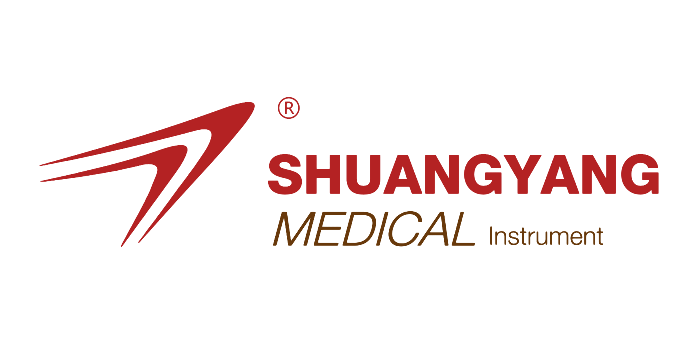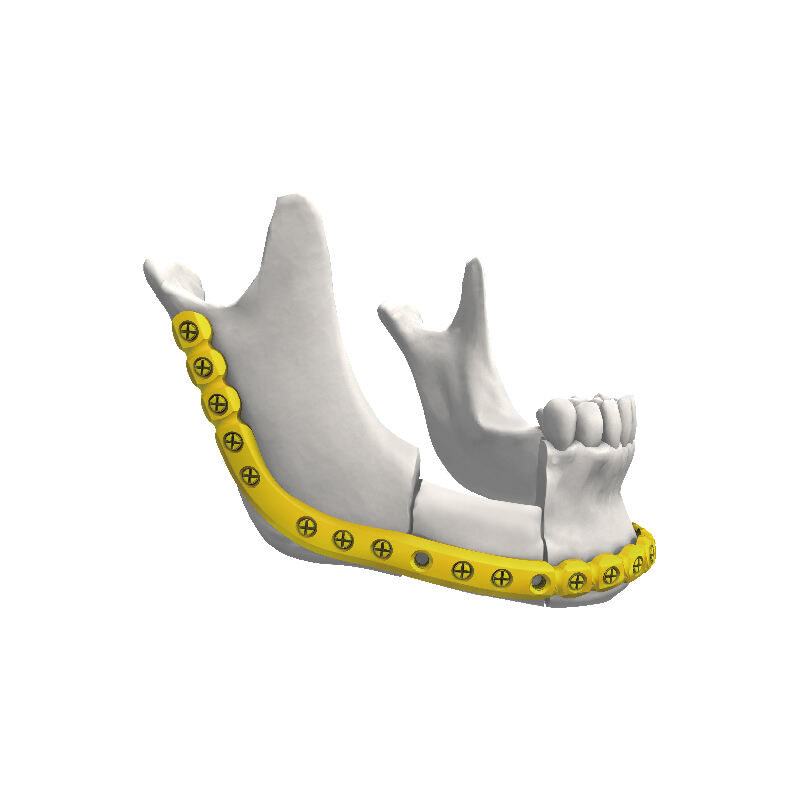Common Symptoms of Maxillofacial System Disorders
Recognizing the symptoms of maxillofacial system disorders early can help you take action before complications arise. These symptoms often vary depending on the specific condition affecting your jaw, oral cavity, salivary glands, or facial structures. Below, you’ll find a breakdown of common symptoms associated with these disorders.
Jaw Disorders
Pain or discomfort in the jaw
You may feel persistent or occasional pain in your jaw. This discomfort can worsen when you chew, speak, or move your jaw. It often signals underlying issues like temporomandibular joint (TMJ) disorders or jaw misalignment.
Difficulty chewing or speaking
Struggling to chew food or speak clearly may indicate a problem with your jaw’s function. This difficulty can result from joint stiffness, muscle tension, or structural abnormalities in the jaw.
Clicking or locking of the jaw joint (TMJ disorders)
Hearing a clicking sound when you open or close your mouth could point to TMJ disorders. In some cases, your jaw may lock temporarily, making it hard to move. These symptoms often disrupt daily activities and require professional evaluation.
Oral and Dental Conditions
Persistent mouth sores or ulcers
Mouth sores that don’t heal within two weeks may suggest an underlying issue. These sores can cause pain and interfere with eating or speaking. They might also indicate infections or more serious conditions like oral cancer.
Swelling or bleeding in the gums
Swollen or bleeding gums often signal gum disease. This condition can lead to tooth loss if untreated. You might notice these symptoms while brushing or flossing your teeth.
Tooth pain or sensitivity
Sharp or throbbing pain in your teeth can make eating or drinking uncomfortable. Sensitivity to hot or cold foods may also occur. These symptoms often result from cavities, infections, or enamel erosion.
Salivary Gland Issues
Dry mouth or excessive salivation
A dry mouth can make swallowing or speaking difficult. It may result from reduced saliva production due to salivary gland dysfunction. On the other hand, excessive salivation might indicate an infection or blockage in the glands.
Swelling or pain in the salivary glands
Painful or swollen salivary glands often suggest an infection or obstruction. You might notice this swelling near your jawline or under your tongue. These symptoms can make eating and drinking uncomfortable.
Difficulty swallowing or opening the mouth
Struggling to swallow or open your mouth fully may indicate a salivary gland issue. This difficulty can stem from inflammation, infection, or structural problems in the glands.
Diagnostic Methods for Maxillofacial System Disorders
Accurate diagnosis plays a vital role in managing maxillofacial system disorders. Identifying the root cause of your symptoms ensures that you receive the most effective treatment. Below are the key diagnostic methods used by healthcare professionals to evaluate these conditions.
Physical Examination
Assessment of facial symmetry and function
Your doctor will carefully examine your face to check for symmetry and proper function. They will observe how your jaw moves when you speak or chew. Any irregularities, such as uneven movements or visible deformities, may indicate an underlying issue.
Palpation of the jaw, oral cavity, and salivary glands
During the examination, the doctor will use their hands to feel your jaw, mouth, and salivary glands. This process helps detect swelling, tenderness, or unusual masses. Palpation provides valuable clues about potential infections, blockages, or structural abnormalities.
Imaging Techniques
X-rays for bone structure evaluation
X-rays are often the first imaging tool used to assess your bone structure. They provide a clear view of your jaw, teeth, and surrounding bones. This method helps identify fractures, misalignments, or other abnormalities affecting your maxillofacial region.
CT scans for detailed imaging of facial structures
A CT scan offers a more detailed look at your facial structures. It creates cross-sectional images that reveal complex issues, such as fractures or deformities, that might not be visible on an X-ray. This imaging technique is especially useful for planning surgical procedures.
MRI for soft tissue analysis
An MRI focuses on the soft tissues in your face, such as muscles, nerves, and salivary glands. This method is ideal for detecting conditions like tumors, infections, or nerve damage. It provides a comprehensive view of areas that other imaging techniques might miss.
Specialist Consultations
Referral to oral and maxillofacial surgeons
If your condition requires specialized care, your doctor may refer you to an oral and maxillofacial surgeon. These experts are trained to handle complex disorders involving the face, jaw, and mouth. They can provide advanced diagnostic insights and recommend appropriate treatments.
Collaboration with dentists, orthodontists, or ENT specialists
In many cases, diagnosing maxillofacial system disorders involves a team of specialists. Dentists, orthodontists, and ENT doctors may work together to evaluate your condition. This collaborative approach ensures that every aspect of your health is considered.
Biopsy or lab tests for suspected infections or tumors
If your doctor suspects an infection or tumor, they may recommend a biopsy or lab tests. A biopsy involves taking a small tissue sample for analysis. Lab tests can confirm the presence of infections, cancer, or other serious conditions, guiding the next steps in your care.
Understanding these diagnostic methods empowers you to take an active role in your healthcare journey. If you experience symptoms, seek professional evaluation promptly. Early diagnosis can make a significant difference in your treatment outcomes.
Treatment Options for Maxillofacial System Disorders
When managing Maxillofacial System Disorders, treatment options vary based on the severity and type of condition. Healthcare professionals often recommend a combination of non-invasive, minimally invasive, and surgical approaches to address your specific needs. Below, you’ll find an overview of these treatment methods.
Non-Invasive Treatments
Non-invasive treatments provide effective solutions for many maxillofacial conditions without requiring surgical procedures. These options focus on relieving symptoms and improving function.
Medications for pain relief or infection control
Medications play a crucial role in managing pain and controlling infections. Your doctor may prescribe anti-inflammatory drugs, antibiotics, or muscle relaxants. These medications help reduce discomfort and address underlying causes like bacterial infections or inflammation.
Physical therapy for jaw mobility and function
Physical therapy improves jaw movement and reduces stiffness. A therapist may guide you through exercises that strengthen jaw muscles and enhance flexibility. This approach benefits conditions like TMJ disorders or jaw misalignment by restoring normal function.
Orthodontic devices for alignment issues
Orthodontic devices, such as braces or retainers, correct alignment problems in your teeth or jaw. These devices gradually shift your teeth into proper positions, improving both appearance and functionality. They also help alleviate strain on your jaw joints.
Minimally Invasive Procedures
Minimally invasive procedures offer targeted solutions with shorter recovery times. These treatments address specific issues while minimizing discomfort.
Botox injections for TMJ disorders or muscle tension
Botox injections relax overactive muscles in your jaw, reducing tension and pain. This treatment works well for TMJ disorders or chronic jaw clenching. The effects typically last several months, providing temporary relief from symptoms.
Drainage of salivary gland blockages
Blocked salivary glands can cause swelling and discomfort. A healthcare provider may perform a minimally invasive procedure to drain the blockage. This treatment restores normal saliva flow and relieves associated symptoms like pain or dryness.
Surgical Interventions
Surgical interventions address severe or complex maxillofacial conditions. These procedures aim to restore function, improve appearance, and resolve underlying issues.
Corrective jaw surgery (orthognathic surgery)
Corrective jaw surgery realigns your jaw to improve its function and appearance. This procedure addresses problems like bite misalignment, jaw deformities, or breathing difficulties. It enhances both oral health and facial symmetry.
Reconstruction for facial trauma or deformities
Reconstructive surgery repairs damage caused by facial trauma or corrects congenital deformities. Surgeons use advanced techniques to restore the structure and function of your face. This approach helps you regain confidence and improve your quality of life.
Removal of tumors or cysts in the oral cavity or jaw
Tumors or cysts in your oral cavity or jaw require surgical removal to prevent complications. Surgeons carefully extract these growths while preserving surrounding tissues. Early intervention ensures better outcomes and reduces the risk of recurrence.
Understanding these treatment options empowers you to make informed decisions about your care. If you suspect a maxillofacial condition, seek professional advice promptly. Early treatment improves outcomes and helps you maintain your oral and facial health.
Recognizing the symptoms of Maxillofacial System Disorders early can make a significant difference in your health. Acting quickly allows you to address issues before they worsen. A wide range of treatment options exists, from non-invasive therapies to advanced surgical procedures. Each approach is tailored to meet your specific needs and improve your quality of life. If you notice any concerning signs, consult a healthcare professional without delay. Taking proactive steps ensures better outcomes and helps you maintain optimal oral and facial health.
 EN
EN
 FR
FR
 ES
ES
 AR
AR

